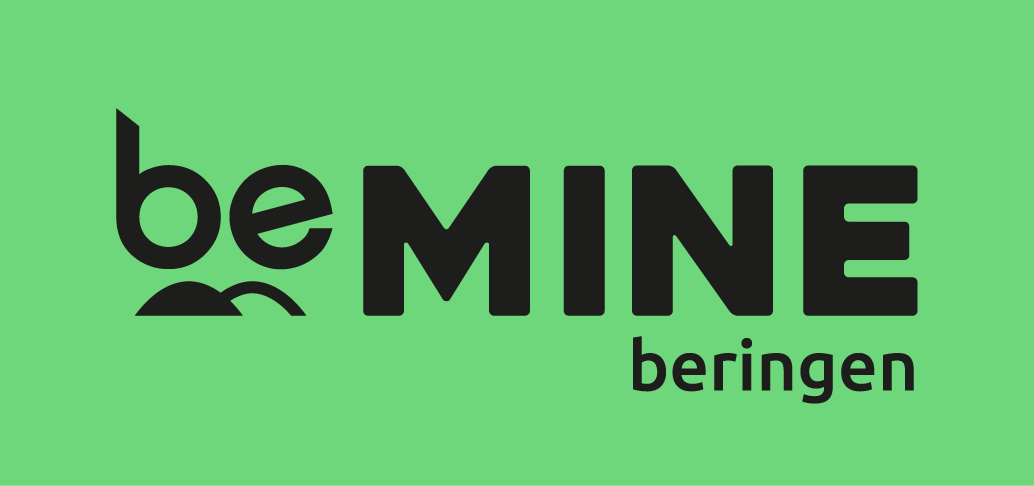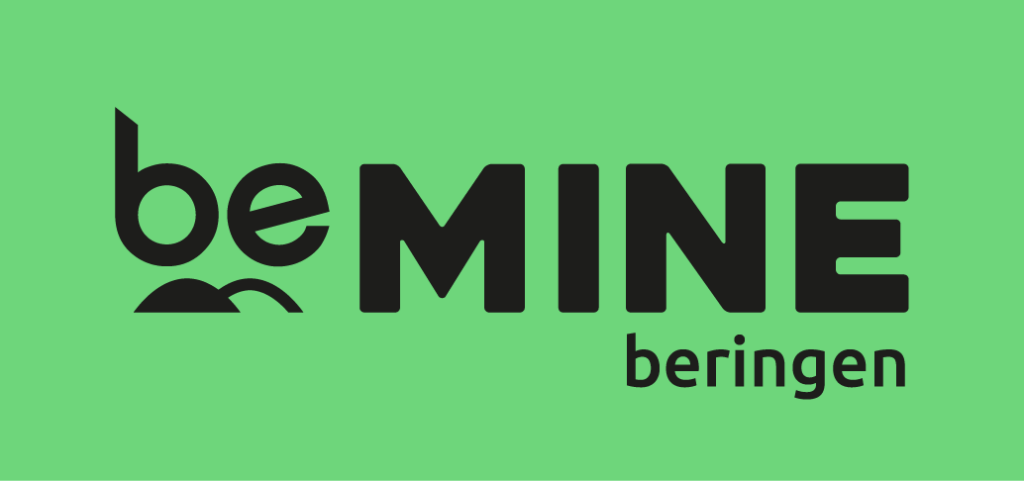Omgevingsvergunning toegekend voor kolenwasserijen 1 en 3 op be-Mine
Het college van burgemeester en schepenen heeft op 29 juni ’23 een vergunning onder voorwaarden afgeleverd aan NV be-MINE voor de herbestemming van de kolenwasserijen 1 en 3. Het betreft het zgn. project be-NATURE, dat tot doel heeft om beide kolenwasserijen in stand te houden, te ontsluiten en te herbestemmen. Met dit project krijgt één van de grootste en meest complexe gebouwen op de site een herbestemming. Het is bovendien een project met ongelooflijk veel toekomstmuziek voor zowel de mensen van Beringen als voor de vele bezoekers die ieder jaar naar de be-MINE-site komen. Alle betrokken partijen, gaande van beleidsmakers, administraties, erfgoedverenigingen, ex-mijnwerkers en bewoners van Beringen-Mijn, zijn dan ook zeer opgetogen en kijken samen uit naar realisatie.
De mijnsite van Beringen omvat 100.000m² aan bestaand gebouwenpatrimonium. Daarmee is het de grootste industriële erfgoedsite in Vlaanderen en uniek in Europa. De site wordt herontwikkeld door be-MINE nv, een samenwerking tussen de Limburgse investeringsmaatschappij LRM en de private ontwikkelaars Ciril en Van Roey Vastgoed. Het doel? Een uniek toeristisch recreatief erfgoedproject met internationaal potentieel dat tevens ook een belangrijke katalysator vormt voor de aangrenzende cité.
Dat doel wordt tastbaar, nu het college van burgemeester en schepenen een vergunning aflevert aan be-MINE nv voor de herbestemming van de kolenwasserijen 1 en 3. “Het schepencollege van Beringen heeft voor be-MINE steeds het behoud van de beeldwaarde en de ensemblewaarde van het gebouwencomplex als essentieel naar voren geschoven. Het huidig project voldoet aan deze voorwaarde. Meer nog, het gebouw wordt als monument op een zeer doordachte en laagdrempelige wijze voor het publiek ontsloten met een belevingspad, een indrukwekkend 360°-panoramapunt en een toeristisch fietspad onder het gebouw“, stelt Thomas Vints, burgemeester van Beringen.
Uit het aanvraagdossier blijkt dat het voorstel om bepaalde gebouwdelen te slopen en te verwijderen grondig is onderzocht en besproken. Het schepencollege treedt de visie van experten bij dat die ingrepen geen enkele afbreuk doen aan de erfgoedwaarde. “Het productieproces blijft afleesbaar en wordt bovendien zelfs méér inzichtelijk doordat het gebouw deels intern wordt ontpit. De bezoekbare kerndie daardoor ontstaat, biedt mogelijkheden tot plantengroei en een heractivatie van het omloopwater, wat voor een extra dimensie zorgt. Dit kadert ook in de visie tot het natuurlijk vergroenen van de site”, licht Karolien Sas, algemeen directeur van be-MINE toe. “Daarenboven zorgt de combinatie van be-NATURE met het mijnbelevingscentrum be-MINE PIT voor een uniek totaalverhaal waar verleden en toekomst samenkomen.”
Nu of nooit
Naast het feit dat het schepencollege overtuigd en enthousiast is over hoe dit monument in stand zal worden gehouden, zijn voor het stadsbestuur nog een aantal andere elementen belangrijk. Burgemeester Thomas Vints: “be-NATURE is een project met een enorm groeipotentieel. De authenticiteit en de sfeer die het monument – van binnen en van buitenuit – zal uitstralen, gecombineerd met zijn ligging, zal niet alleen bezoekers en toeristen aantrekken, maar wordt zeker ook een plek voor creatief, sociaal en economisch ondernemerschap en ontmoeting.”
Ook het momentum is heel belangrijk. Er is vandaag een breed draagvlak en geloof in be-Nature, wat o.a. blijkt uit de sluitende projectfinanciering met belangrijke financiële inbreng vanuit diverse overheden. “De strikte timing die in dat kader wordt opgelegd, garandeert enerzijds een snelle realisatie, anderzijds voorkomt het verder verval. Ook het feit dat enkele weken geleden aan be-MINE PIT vergunning werd verleend, biedt alle mogelijkheden en kansen om beide projecten in onderlinge afstemming en synergie met elkaar te ontwikkelen”, aldus burgemeester Thomas Vints.

Monumentenzorg Beringen: “Als Werkgroep Monumentenzorg Beringen ijveren wij reeds meer dan 30 jaar voor het respect en behoud van erfgoed in de stad Beringen, in het bijzonder de mijnsite in Beringen-Mijn. Wij zijn dan ook verheugd dat er een beslissing is, vanwege de stad Beringen en er vandaag een omgevingsvergunning is toegekend voor het project Be-Nature. Wij zijn ons bewust van de complexiteit van dit dossier en de weg, die werd afgelegd, en wij danken dan ook iedereen die hieraan heeft meegewerkt. Met nog veel werk op de plank, kijken wij uit hoe Be-Nature en Be-Mine Pit versmelten tot een unieke mijnerfgoedbeleving om Beringen-Mijn op de Europese kaart te plaatsen. Dit zijn alle betrokken partijen verschuldigd aan de ganse mijnwerkersgemeenschap in Limburg.”
Eenzelfde stem klink bij Igor Philtjens, gedeputeerde voor Toerisme: “Nu de vergunning er is, kunnen we starten met de werken voor be-MINE PIT. De mijnwerkers hebben al veel te lang moeten wachten op hun Limburgs mijnmuseum. Het is nu of nooit meer! De Provincie Limburg staat klaar!”

Een hart voor de mijnen
Tom Vanham, algemeen directeur van de Limburgse investeringsmaatschappij LRM: “Iedereen die een hart heeft voor de mijnen en kolenwasserijen, is ontzettend blij met deze afgeleverde vergunning. Dit project kan je in feite beschouwen als een kind van iedereen: be-MINE wilt immers dat dit iconische gebouw publiek toegankelijk wordt voor zowel de Beringenaren als voor de vele bezoekers die ieder jaar naar deze unieke site komen. Naast beleving en passage willen we hier uiteraard ook economische activiteiten uitrollen. Denk maar aan leisure en horeca. Private investeringen zijn immers nodig om het financiële plaatje rond te krijgen. Ja, dit is een project met een grote positieve impact op de gemeenschap waar enorm veel toekomstmuziek en zeer veel gelaagdheid in zit. Een schitterende parel – uniek in Europa – waar we met zijn allen enorm trots op mogen zijn. Vandaag is dan ook een cruciaal momentum, voorafgegaan door grondig overleg en een nauwe samenwerking tussen alle betrokken partijen. Het best haalbare ligt nu op tafel en krijgt steun op alle beleidsniveaus, met tegelijk ook een belangrijke hoeveelheid subsidies. Daarenboven zijn we zeer blij met de steun van de erfgoed- en mijnwerkersverenigingen. We kijken dan ook allemaal even verwachtingsvol uit naar de effectieve realisatie. Samen met Houtpark en be-MINE PIT wordt be-MINE een mijnsite met internationale uitstraling die zijn gelijke in Europa niet kent. We moeten er dus nu samen voor gaan, de middelen securiseren en de belangen van Limburg veilig stellen. En uiteraard blijven we ook in de toekomst inzetten op overleg en samenwerking. Want de allergrootste dromen realiseer je samen.”
Gouverneur Jos Lantmeeters: “Zonder mij uit te willen spreken over de inhoud van het dossier ben ik vooral verheugd om vast te stellen dat alle betrokken partijen – van initiatiefnemers tot het stadsbestuur – er steeds voor geijverd hebben om een zo breed mogelijk draagvlak te creëren voor dit toch wel complex project. Als bijgevolg dan ook nog verschillende overheden dit project honoreren met aanzienlijke financiële middelen dan sterkt dit mij in mijn overtuiging dat de initiatiefnemers ook met de nodige zorgzaamheid zijn tewerk gegaan om de gehele site – met behoud van zijn uniciteit – een toekomst te geven die het verdient. Een zoveelste bewijs dat grote Limburgse eensgezindheid kan leiden tot grote realisaties.”
Ook bij de Vrienden van het Mijnstreekmuseum vzw & Mijnmuseum vzw klinkt er veel opluchting en enthousiasme: “Eindelijk! Dit project is voor de statige kolenwasserijen zeker niet het einde van een belangrijk zichtbaar industrieel verleden, maar wel het mooie begin van een betekenisvolle toekomst!“





